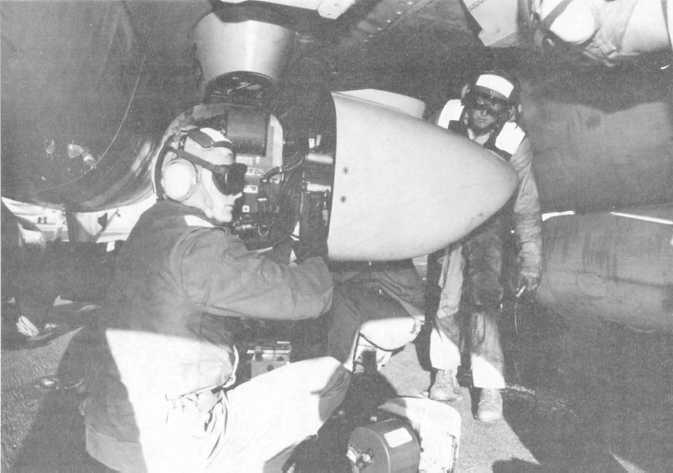Figure 4-10.—Photographer's Mates loading film in TARPS.
C—Aerial Mapping
D—Scope Recording
E—Still Picture (not otherwise classified)
F—Motion Picture (not otherwise classified)
G—Special Purpose (including instrumenta-
tion)
M—Miscellaneous
S—Set or System
Examples: (KS-87B): Camera, set or system,
model 87, second production assignment. (KA-99A):
Camera, reconnaissance, model 99, first production
assignment.
SHOOTING HAND-HELD AERIAL
PHOTOGRAPHY
An aerial photographic mission involves careful
planning, preparation, pilot and photographer
coordination, and photographing. Planning starts with
a request for photographs and includes determining the
type and number of photographs, type of camera, type
of film, camera accessories, sequence of exposures,
flight time, and flight path. To be successful, both pilot
and photographer must know and understand the
objective(s) of the mission. Questions to be answered
during mission planning are as follows:
What are the pictures to be used for?
What should be shown in the pictures?
What types of pictures are required (slides,
prints, video, verticals, obliques, air-to-air, or
others)?
When are the pictures required?
Where is the target located?
4-10



